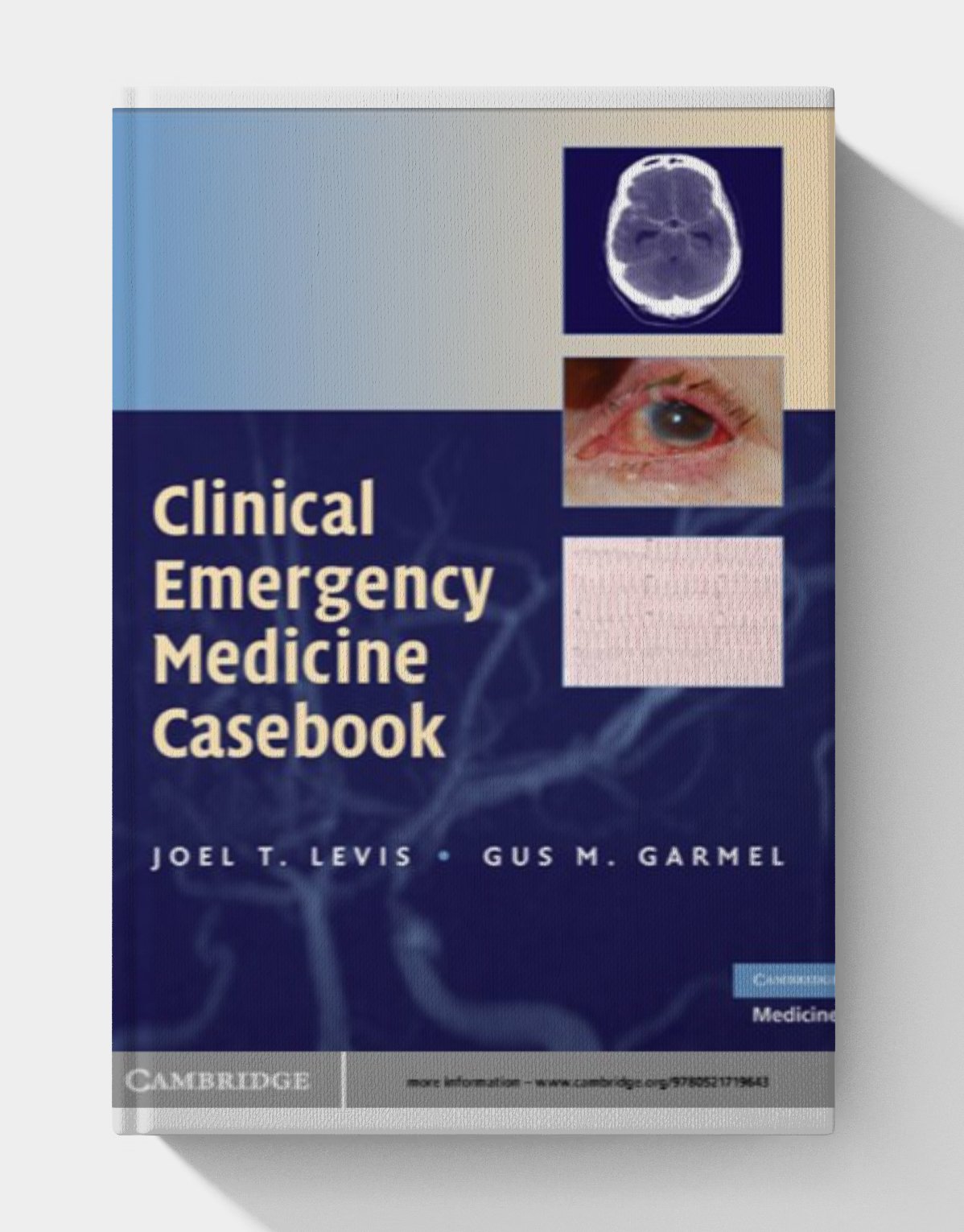Author(s): Joel T.Levis (Author), Gus M.Garmel (Author)
PDF | 12MB
The Clinical Emergency Medicine Casebook presents a compilation of case studies encountered in the emergency department (ED). Each case is written by experienced emergency medicine physicians and is structured to reflect the real-world complexities and rapid decision-making required in emergency medicine. The casebook aims to simulate the ED environment, encouraging readers to think on their feet and apply their medical knowledge in a practical context.
Top Features
Real-Life Case Studies: The book includes a diverse array of case studies that mimic actual scenarios encountered in the emergency department, providing a realistic learning experience.
Comprehensive Coverage: Cases cover a broad spectrum of emergency conditions, including trauma, cardiovascular emergencies, neurological crises, infectious diseases, toxicology, and pediatric emergencies.
Structured Format: Each case is presented in a structured format that includes the patient’s presentation, history, physical examination findings, diagnostic tests, differential diagnoses, management strategies, and follow-up care.
Critical Thinking Development: The case-based approach encourages the development of critical thinking and problem-solving skills by challenging readers to assess and manage complex clinical situations.
Evidence-Based Medicine: The management of each case is based on current clinical guidelines and evidence-based practices, ensuring that the information is up-to-date and reliable.
Discussion and Analysis: Each case is followed by a detailed discussion and analysis that explains the clinical reasoning, diagnostic approach, and treatment decisions, providing deeper insights into the case.
Illustrations and Images: The casebook includes clinical photographs, imaging studies, and diagrams to enhance understanding and visualization of key concepts and findings.
Learning Objectives: Clear learning objectives are outlined at the beginning of each case, helping readers focus on the key learning points and goals of the case study.
Self-Assessment Questions: Many cases are accompanied by self-assessment questions that test the reader’s understanding and reinforce key concepts, making it an interactive learning tool.
Interdisciplinary Approach: The casebook often integrates perspectives from various specialties, reflecting the collaborative nature of emergency medicine and providing a holistic view of patient care.
The Clinical Emergency Medicine Casebook is an essential resource for anyone involved in the fast-paced and dynamic field of emergency medicine. It provides practical, hands-on learning through real-world case studies, making it an invaluable tool for improving clinical skills and preparing for the challenges of the emergency department.
This Book Is for :
Emergency Medicine Physicians,Residents and Fellows ,Medical Students ,Healthcare Educators
PDF Preview














